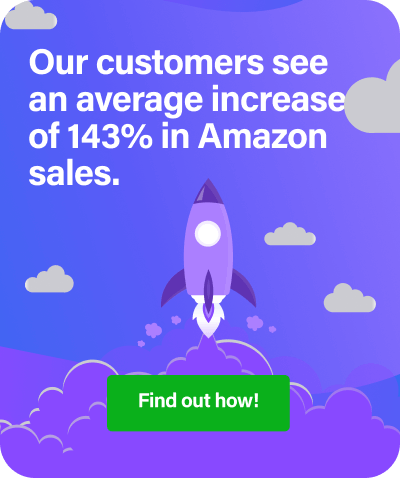Many online sellers will be aware that omnichannel retail promises continuity across various platforms and devices, but how many merchants can explain its relevance or how ecommerce is at the root of it all? RepricerExpress delves into how ecommerce is driving the omnichannel landscape and how third party FBA sellers will benefit from Amazon’s efforts in this area.
Above All Else, Customers Want Consistent Point-of-Sale Systems
To put it rather crudely, your buyers don’t care about any of the problems you may be facing, they just want a smooth shopping experience no matter how you do it. Whether they’re on a smartphone or tablet to browse your inventory, using a desktop, or visiting your brick-and-mortar store (if you have one), their biggest desire is to feel like they’re shopping at one store all the time. Presenting them with a different brand on various channels leads to confusion, not excitement over the apparent joy of a new experience.
In fact, only a bit over half (56 percent) of shoppers will favour best available prices as their number one choice. A study by CFI Group found that three-quarters of buyers have reported getting wrong information on multiple channels at least some of the time, with this happening sometimes frequently. And with nearly every single shopper (95 percent) utilising both on- and offline stores, it’s crucial to line up your channels in a neat row.
Great, But How Do I Line This Up?
One of the biggest pain points surrounding omnichannel retail is each channel hasn’t been developed in communication with the others, which makes it hard to reconcile differences. This sounds like a blindingly simple obstacle to avoid — don’t make the purchasing process different on different channels — but it can be a major challenge for many retailers with legacy systems—to essentially have all their existing infrastructure ‘joined-up’. Cost, lack of knowledge, seemingly endless options all contribute to paralyse many sellers with inaction towards delivering the promise of the omnichannel revolution.
The good news, though, is this is changing. A study that was performed in partnership with Demandware and the University of Arizona polled 200 retail IT execs in Europe and the U.S., with 80 of them considering the idea of a single platform that would manage interactions and transactions. And 70 percent of retail execs are planning to overhaul their existing POS software by 2017.
This is also where ecommerce enters its moment in the spotlight: its growth and adaptation to what people really want means it’s now being used as a model for brick-and-mortar stores instead of the other way around. Ecommerce sites have proven their worth as a leader in retail, despite consumers — even the tech-savvy ones — not abandoning offline stores at all.
Because it’s relatively easy to change the interface of an ecommerce site, retailers have been able to tinker and manipulate what works and what doesn’t in real time, as opposed to the grunt work that’s necessary for changing around a brick-and-mortar store. Say you want to push ugly Christmas sweaters for the holiday season: instead of having to undress and dress mannequins and move them to strategic locations within the store, you just click and drag on your site to feature it more prominently. It’s a bit of a simplification, but changes tend to happen more quickly in the online world than in their offline counterparts.
The Amazon Factor
For many small retailers, the omnichannel revolution seems to be out of reach—the upgrade to existing hardware and software and the route into online selling pose significant cost challenges in particular, but viable solutions are appearing. Not long ago we highlighted Amazon’s intention to offer a Kindle Checkout System to physical stores with incentives to retailers via advertising their sales, promotions, and discounts on Amazon.com. Small retailers in theory could link their store’s inventory to an online sales channel that is fully optimised for selling on multiple platforms (Amazon.com), including mobile. In fact, many retailers could choose to become part of a growing group of FBA third party sellers, allowing Amazon to directly fulfil orders and their wares internationally. Suddenly the barriers to omnichannel selling become major opportunities.


